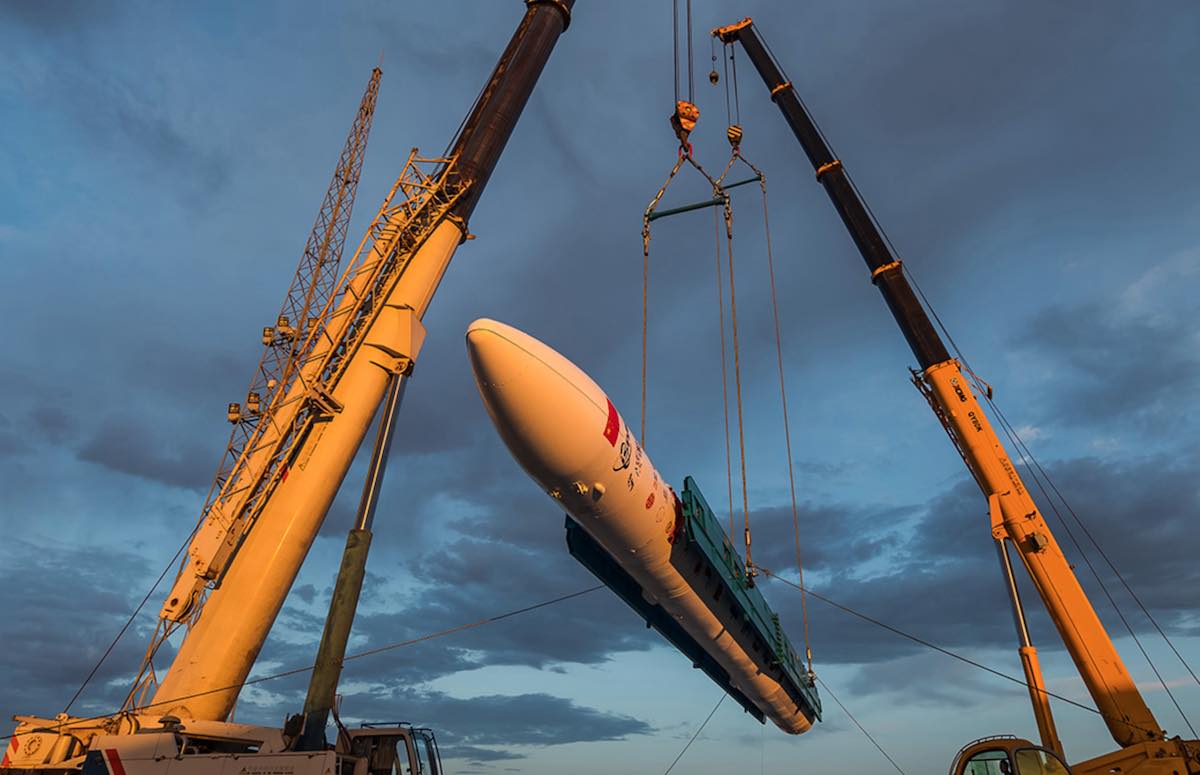
The launch of a solid-fueled rocket developed by the Chinese commercial space firm iSpace failed Tuesday, the second launch failure in three orbital attempts by the startup company, Chinese state media said.
A Hyperbola 1 rocket lifted off from the Jiuquan launch base at 3:39 a.m. EDT (0739 GMT; 3:39 p.m. Beijing time), China’s government-run Xinhua news agency said.
Xinhua, which described the launch as a “flight test,” said the rocket exhibited “abnormal performance” after liftoff. Officials did not immediately specify when during the flight the rocket failed.
The news agency said a satellite carried by the rocket “did not enter orbit as scheduled.” Chinese officials did not identify the payload lost on the mission.
The Hyperbola 1 rocket was developed by iSpace, also known as Beijing Interstellar Glory Space Technology Ltd. On its website, iSpace says the Hyperbola 1 rocket consists of four solid-fueled stages, which are supplemented by liquid-fueled attitude control engines.
A data sheet posted on iSpace’s website indicates the Hyperbola 1 rocket stands about 78 feet (24 meters) tall, and produces about 173,000 pounds of liftoff thrust. It can deliver a payload of up to 660 pounds, or 300 kilograms, to a 310-mile-high (500-kilometer) sun-synchronous orbit, according to iSpace.
The first launch of a Hyperbola 1 rocket succeeded in July 2019, making iSpace the first privately-managed firm in China to deliver a satellite into orbit.
An upgraded model of the Hyperbola 1 rocket launched Feb. 1, but the vehicle veered out of control shortly after liftoff. In a statement, iSpace said investigators determined a piece of foam insulation designed to drop off the rocket after launch fell and got stuck on one of the grid fins at the bottom of the first stage.
When the chunk of foam fell off the grid fin later in the flight, the winglet deflected more than 30 degrees in a short time, causing a sudden change in the attitude of the rocket. The deflection led to the loss of control of the rocket.
Enabled by a policy change in 2014 to permit the flow of private capital in China’s launch industry, companies like iSpace established in the last few years have quickly fielded small solid-fueled launchers. Many, or all, of the first generation of privately-funded Chinese launchers appear to use rocket motors derived from Chinese ballistic missiles.
Last year, another Chinese launch company named Galactic Energy became the second Chinese startup managed independently from the country’s legacy state-owned space contractors to launch a rocket into Earth orbit.
Two other companies, LandSpace and OneSpace, have launched orbital-class rockets unsuccessfully.
Many of the new wave of Chinese launch companies, including iSpace, are planning more powerful liquid-fueled rockets to carry heavier satellites into orbit.
The Hyperbola 2 rocket under development by iSpace is designed to be reusable, with its first and second stages driven by engines fueled by methane and liquid oxygen. The Hyperbola 2 rocket will stand 92 feet (28 meters) tall, and its first stage attempt a propulsive landing, allowing iSpace to recover, refurbish, and reuse the booster.
Email the author.
Follow Stephen Clark on Twitter: @StephenClark1.
